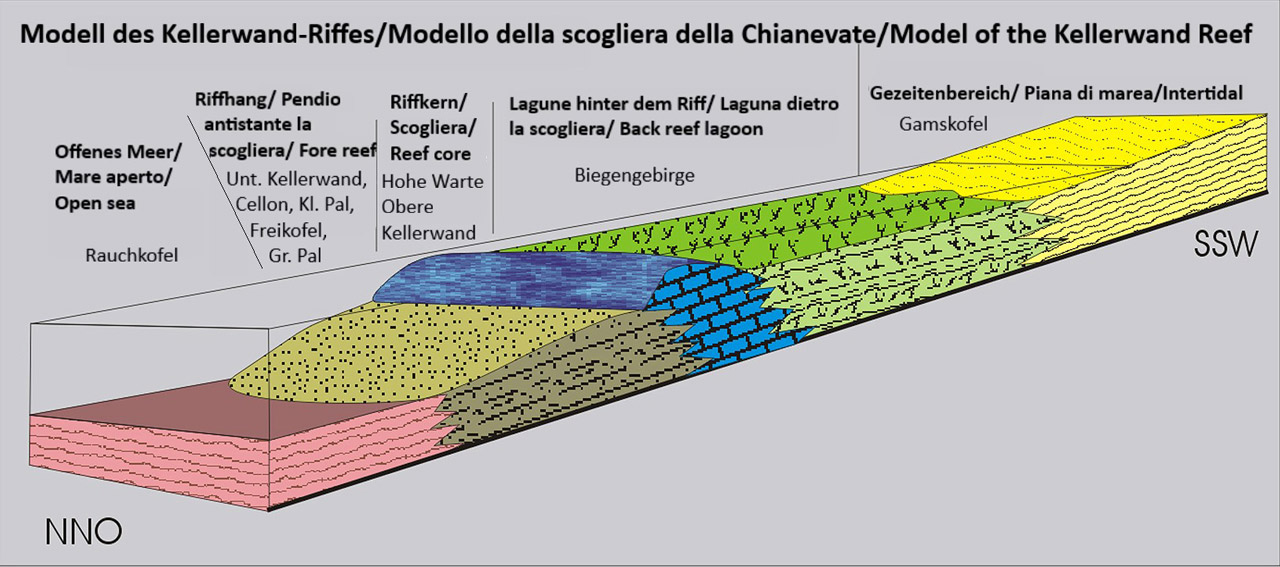In the Devonian period (from 420 to 360 million years ago), a shallow and warm sea, rich in coral reefs, stretched where today we see the Carnic Alps. The curren area of the Wolayer Lake was the central body of the coral reef and its lagoon. The lagoon deposits are today the Biegengebirge chain. The Coglians/Hohe Warte and Cima Lastrons del Lago/Seewarte mountains represent the core of the cliff, consisting of limestone remains of corals, sea lilies, gastropod shells, bivalves and cephalopods. A well-preserved gastropod is visible on the boulder at this stopping point. In the surrounding debris, you can find many other fossil remains of the ancient inhabitants of the coral reef.
Cerca
Ultimi Post
- The temporary exhibition “The Wonders of the Underworld – Ampezzo, 20th June 2020
- The Geological Museum in Ampezzo opens next Saturday
- The temporary exhibition “Fossil fish from the Friulian Alps” opens again
- Coronavirus Emergency – extraordinary closing
- Presentation conference – book “INSIDE THE CARNIC ALPS” – Udine, 25th June 2019

